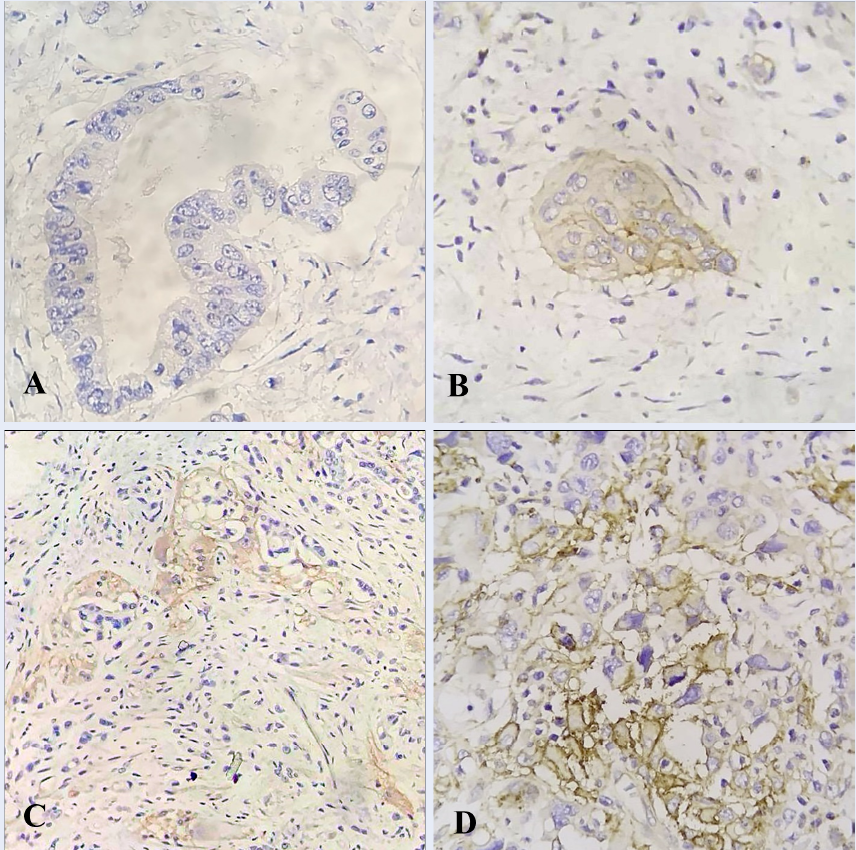The relationship between PD-L1 expression and clinicopathological characteristics and prognosis of Vietnamese gastric cancer patients
DOI:
https://doi.org/10.15419/bmrat.v9i7.748Keywords:
combined positive score, gastric cancer, histopathological characteristics, PD-L1 expressionAbstract
Background & objectives: Programmed Death Ligand 1 (PD-L1) is a putative biomarker response to an immune checkpoint blockade that is related to poor outcomes as well as treatment strategy of numerous carcinomas, including gastric cancer. However, there is still a lack of other biomarkers that can predict patient prognosis in clinical settings. For this reason, we investigated PD-L1 expression and Combined Positive Score (CPS), as well its association with histopathological characteristics in gastric cancer patients.
Methods: We collected clinicopathological data from 54 patients with gastric cancer who underwent surgery at 103 Military Medical Hospital, Vietnam, from December 2018 to November 2020. Immunohistochemistry staining of the tumor specimens for PD-L1 expression and CPS were evaluated and accessed relationship to patient characteristics and overall survival.
Results: PD-L1 with strong and moderate expression was 1.9% and 20.3%, and CPS >= 1 was 46.3%. PD-L1 expression and CPS had no statistical relationship with histopathological characteristics, with the exception that tumor location, which was significantly related to PD-L1 expression (p = 0.001). PD-L1 positivity and CPS1 were related to worse overall survival of gastric cancer patients.
Conclusions: Our data indicated that PD-L1 and CPS are independent prognostic markers and indicators for use in targeted therapy for gastric cancer patients.

Published
Issue
Section
License
Copyright The Author(s) 2017. This article is published with open access by BioMedPress. This article is distributed under the terms of the Creative Commons Attribution License (CC-BY 4.0) which permits any use, distribution, and reproduction in any medium, provided the original author(s) and the source are credited.
